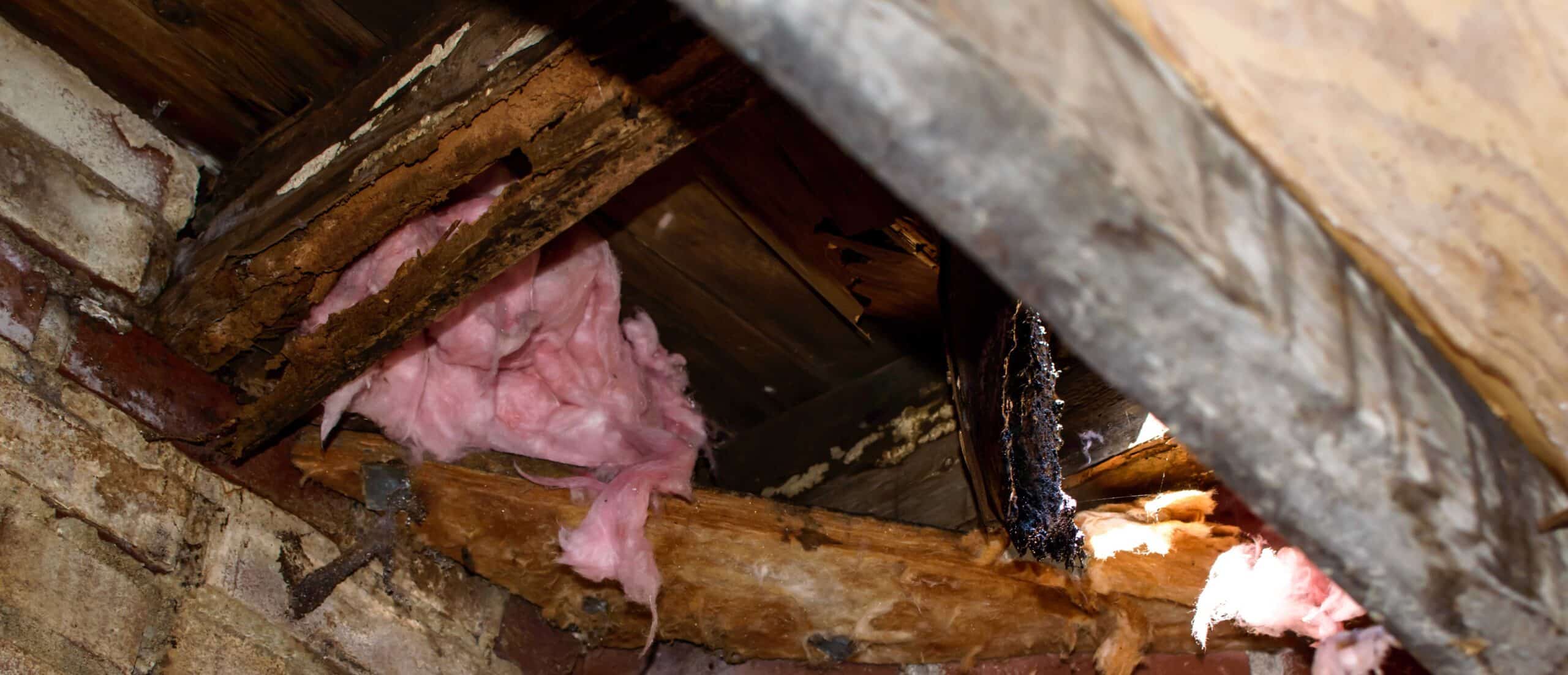Water damage in homes can come from many different sources and may not be immediately noticeable. Plumbing and pipes make the walls of your home particularly susceptible to water damage. Unfortunately, water damage is usually not evident until the leak causes enough damage to affect the physical appearance of the walls.
If left untreated for long periods, water damage can cause significant issues; in severe cases, it can lead to structural damage. Identifying the signs of water damage and its potential sources is crucial to maintaining the integrity of your home. Continue reading better to understand the signs and causes of water damage as it appears in walls, and the next steps to take once water damage has been identified.
Knowing the Cause
There is more going on inside walls than most people realize. Most of the plumbing that adds to the conveniences of everyday life is hidden behind the walls inside your home. All pipes that carry water throughout homes become subject to crack, bust, clog, and leak as they age. Appliances that use water, such as water heaters, dishwashers, toilets, showers, etc., are also subject to failure, which means water can leak and overflow where the appliance attaches to the wall.
Imperfections in a home’s construction can also cause leaking in walls. This could be related to the age or grade of materials, quality of installation, and natural wear and tear. Natural events such as rain, floods, earthquakes, and severe storms can cause water to leak into walls and cause damage.
Bottom line: water damage can result from various causes. You can address the root problem and prevent further damage by identifying water damage in your walls.
Damage to Paint and Discoloration of the Walls
Changes in the color or textures of a wall may be a good indicator of long-term exposure to water. When water is constantly leaking down walls, it can cause the paint to wear away. In some cases, your wall will absorb and trap moisture. It could be an early sign of water damage if you notice an area with chipped paint or bubbling under the wall’s surface.
Dark spots are another sign of water damage to walls. These spots occur when parts of a wall become damp, and the discoloration may remain even once the spot has dried. If the dampness remains long, mold and mildew can grow, usually deep within the wall. When this happens, you’ll need help from a professional to safely remove the mold and prevent future growth.
Warped and Swollen Drywall
If the water presence is especially heavy or lasts for an extended period, it could cause damage that affects the wall’s structure. Prolonged water damage can cause drywall or boards to become warped or swollen.
If swollen drywall is the first sign of water damage you notice, you’ll likely find more extensive structural damage within your walls. In this case, not only will the source of the water damage need to be fixed, but the affected boards should be promptly replaced to ensure the wall’s structural integrity.
Presence of Stale and Musty Odors
Visual signals are just one means of identifying water damage in your walls. An early sign of water leaks is a musty odor from lingering dampness or stagnant water that sticks around for more than a few days. Often, a damp, earthy smell accompanies mold or mildew growth.
Pay Attention to Changes in Water Bills
Lastly, some leaks may show no physical signs of damage within your home, so it is crucial to review water bills consistently. By doing so, you can identify irregular water volume usage that might signal a leak. Notice an unexpected and significant increase in your water bill. Having a professional look for leaks in more inconspicuous areas of your home may be a good idea. While these types of leaks may not cause noticeable damage, they can go unnoticed for extended periods and cause severe issues within the walls of your house.
Conclusion
Now that you know the signs of water damage in walls, it is essential to know what to do once it is identified. Contacting a professional is often the best course of action once water damage is discovered within the walls of a house.
Water damage remediation and restoration include many moving parts. Even if you can identify a leak independently, you will likely need to hire a professional to determine the source. In most cases, leaks within walls cannot be identified until damage has already happened, so be prepared to fix the leak’s source and any damage to the drywall, paint, floor, etc.
Know the signs of water damage so you can identify it in your home and take the next steps to prevent further damage.

